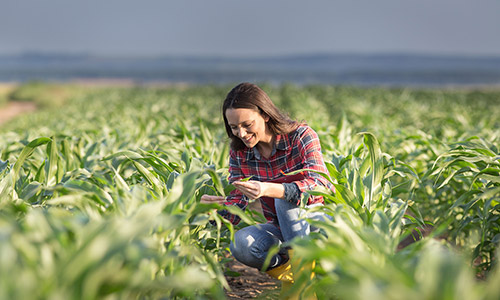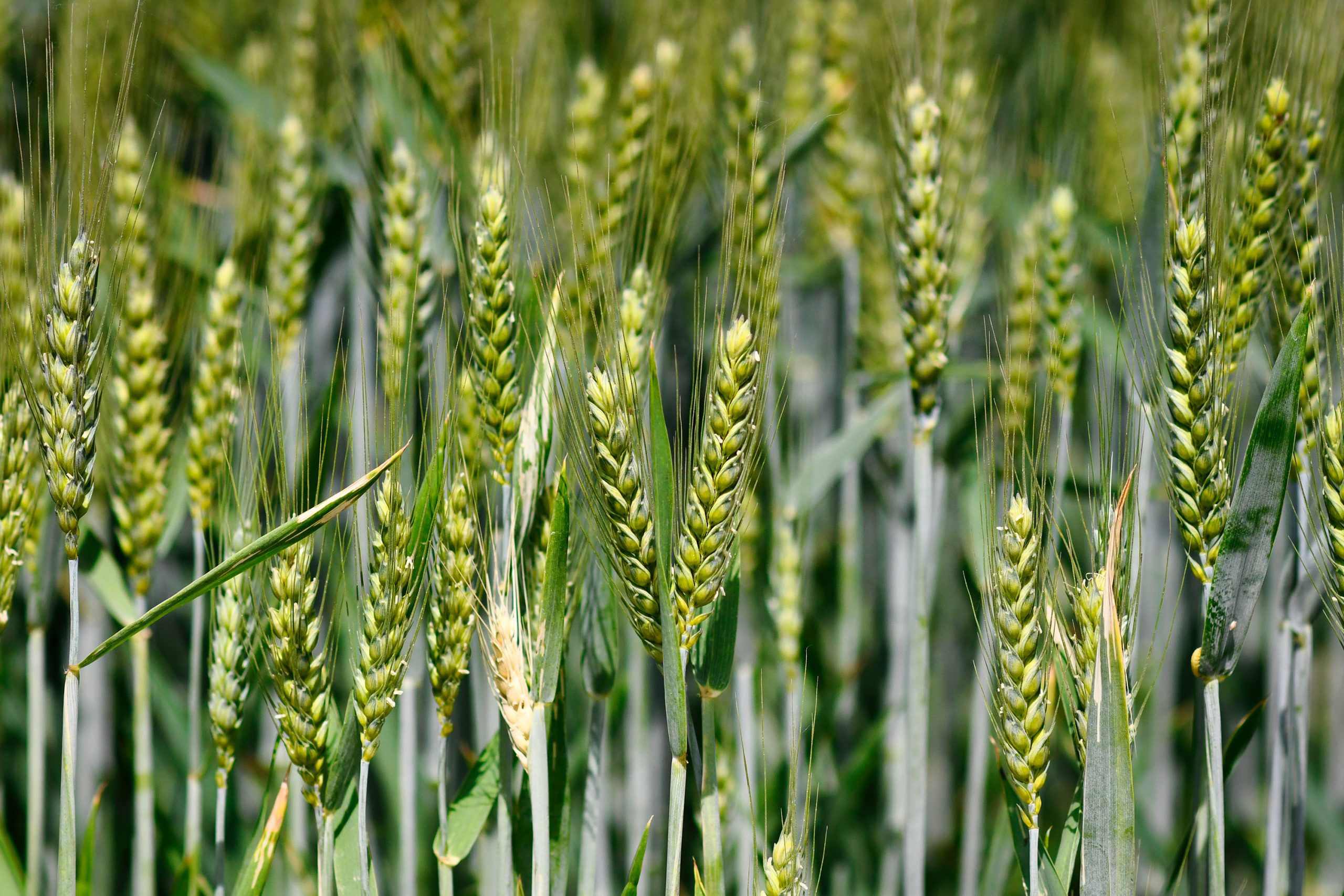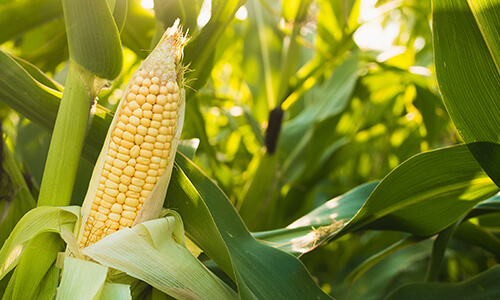Tomato (Solanum lycopersicum; Solanaceae)
Tomato is a C3 dicot and the second most important vegetable crop world-wide after potato. The wild tomato is native to Andes and its cultivation started in Mexico around 700 AD.
Tomato is both an important source of nutrition and vitamins, and a starting material for the food processing industry. Its popularity has made tomatoes one of the most profitable vegetable crops. The prevalence of crop species in the Solanaceae family will also allow findings for tomato to accelerate progress in other major staple and vegetable crops, such as potato, pepper and eggplant.
Tomato production has been increasing significantly over past 25 years. In the EU, 17 million tonnes of tomato fruit were harvested in 2018 with the production value of €7,3 billion (Eurostat 2018). The worlwide production climbed to 188 million tonnes in 2018 which is 3,5% more than in the previous year (globaltrademag.com). Target production increases of 10% due to enhanced photosynthesis have been estimated to increase its value by up to €7,9 billion.
The tomato collections for characterisation include:
TOMATO-BIL
(provider: HUJ) a collection of 450 backcross inbred lines (BILs) derived from the wild species Solanum pennellii and the reference tomato lines M82 and E6203. About 35 of the genotypes of each BIL contain the total genome of the wild-type species.
TOMATO-LR
(provider: HUJ): a collection of ~10,000 tomato varieties and breeding lines from around the world. All the accessions were genotyped for minimal descriptor traits and some have been subjected to metabolomics analysis using various platforms.
Read more about

Crop breeding

Barley
